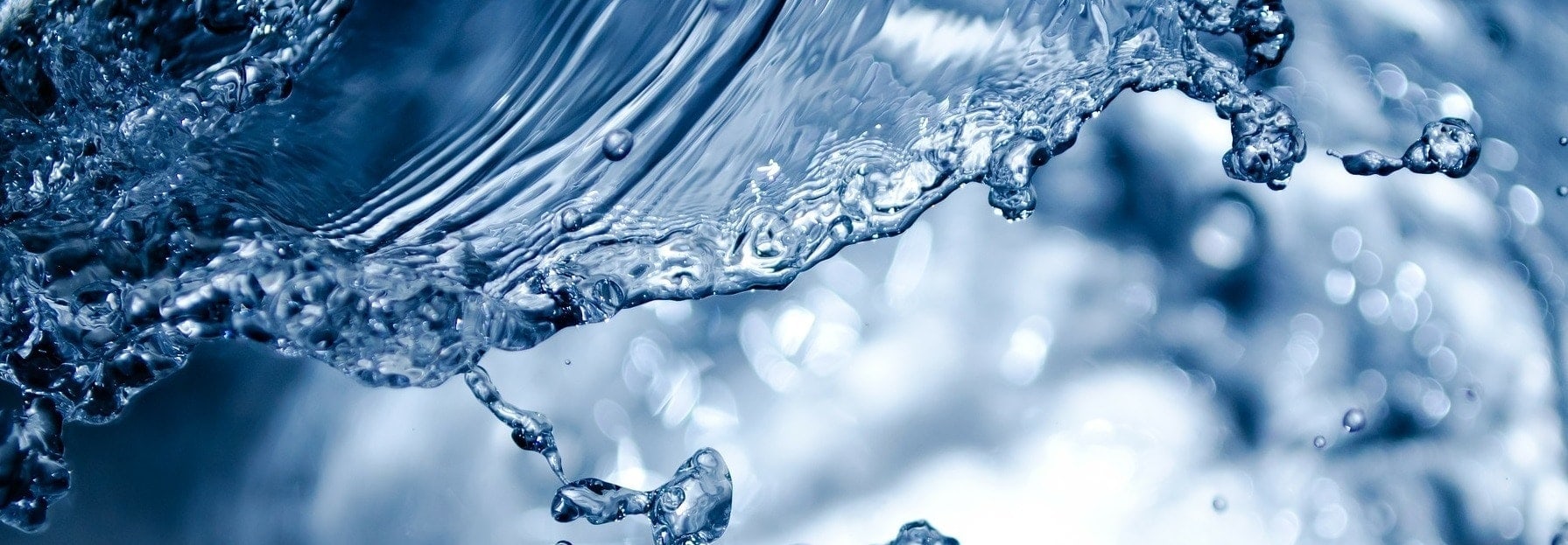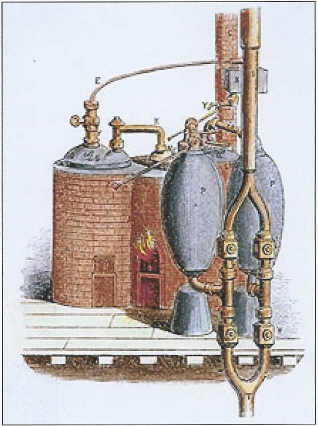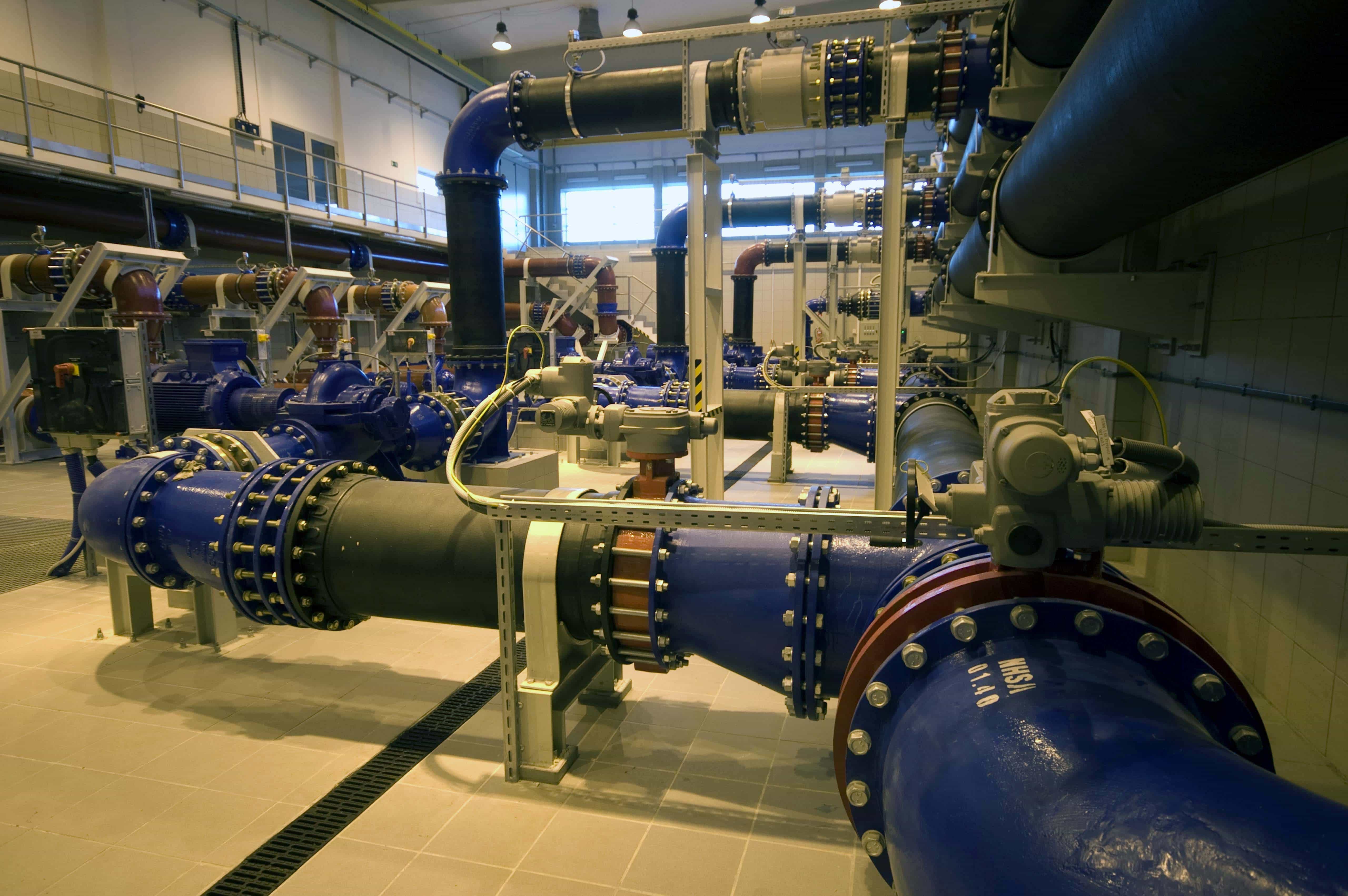
Access to drinking water has, from the beginning of time, been one of the essential conditions for determining the location of human settlements. Not for nothing have all major civilisations emerged on the banks of a river, whether in the Tigris and Euphrates valley, on the Nile, the Yangtze or the Tiber, amongst others. Many years later, water and the steam engine were the drivers of the Industrial Revolution, resulting in the first large-scale migrations from rural areas to cities and, paradoxically, allowing cities to move away from rivers for the first time in history.

The 1698 Savery Steam Pump – the first commercially successful steam powered device, built by Thomas Savery. Source: Wikipedia
Water in cities
Today we think of cities as a physical space in which to come together, build relationships, share and live with other human beings. A place where people interact and carry out activities for their personal and social development. As such, cities become in a sense huge reception centres for inputs which, following a process of production, transformation, transport and use or consumption, turn into outputs and are eventually thrown out as waste.
It is a fact that 70% of water resources are used for agricultural purposes, which would mean that urban consumption of water represents a small percentage of total consumption. However, one thing we must bear in mind at all times is that water is present, to a greater or lesser extent, and in larger or smaller amounts, in everything we consume in cities, and in everything we do on a daily basis.
In this sense, tools such as the Water Footprint, designed by Professor Arjen Hoekstra for the UNESCO-IHE, help us to visualise the amount of water which goes into the production of the goods and services we use. To take just a couple of examples: [inlinetweet prefix=”” tweeter=”” suffix=””]the production of 1 kg of beef requires the inordinate amount of 13,000 litres of water;[/inlinetweet] a cotton t-shirt requires 2,700 litres in its production.
Given the ever accelerating process of migration from rural areas to the cities, the growth of urban populations and our limited resources, we are facing a global problem in attempting to reconcile a potentially endless demand with a clearly limited supply.
[inlinetweet prefix=”” tweeter=”” suffix=””]This total dependency on water is exacerbated by the effects of climate change,[/inlinetweet] which is impacting traditional availability of water resources, both seasonally and with regard to the quantity and quality of the resource.
The Third Industrial Revolution
The solution drawn up by US scientist Jeremy Rifkin would be a Third Industrial Revolution, based on the capacity of new information technologies to work in energy generation and distribution and resources management, making the Circular Economy possible. In other words, the revolution of going from a linear model to a cycle of endless processes which keep going back to their origins: collection, manufacture, distribution, installation, use, end of life and recycling.
22 March: World Water Day
We are all aware of the fact that of all the resources available to us, the critical one, the essential element for life, is water. And therefore it is fitting that the United Nations set aside the 22nd March to celebrate World Water Day, focusing on a special theme each year: energy in 2014, sustainable development in 2015, employment in 2016 and waste water in this year’s 2017 edition, thus highlighting the intrinsic link between water and all the activities we carry out.
World Water Day 2017 on waste water
In the specific case of waste water and cities, there are two clearly opposed situations. On the one hand we have cities in developing countries, where the management of waste water is a major challenge in terms of the infrastructure required for proper collection, treatment and subsequent return of this water to the environment.
The absence of, and deficiencies in, sanitation systems turns water – our essential source of life – into a vector of chemical and microbiological pollution which generates and transmits diseases. The situation is so serious that reducing the number of people without access to a sustainable source of drinking water and basic sanitation services was set as one of the Millennium Development Goals.
Spain, where we take for granted the miracle of opening the tap at any time of the day or night and watching perfectly safe drinking water stream out, is at the other end of the spectrum. Our infrastructure, technology and know-how is amongst the best in the world (together with the US and Israel) in relation to the integral management of the water cycle.
This high level of know-how, best practice, social awareness-raising and use of technology, has, according to the “14th National Study on the Provision of Drinking Water and Sanitation in Spain 2016” carried out by the AEAS (Spanish association for the provision of Water and Sanitation), placed our consumption of water per person per day at approximately 139 litres, one of the lowest in Europe.
The Circular Economy – reusing water
[inlinetweet prefix=”” tweeter=”” suffix=””]The circular economy is already being applied in the reuse of urban waste water,[/inlinetweet] i.e. water which, once used, is collected, channelled and treated in specialised plants with tertiary treatment systems affording levels of sanitisation and treatment which allow it to be reused in urban and industrial settings. In fact, according to the mentioned AEAS report, Spain reuses around 400 million cubic metres of water – approximately 9% of total waste water treated (4,097 million m3) – in agriculture (41%), watering of gardens and leisure areas (31%), industry (12%) and other uses (the remaining 16%).
However, we must continue to work to reap the benefits from the enormous potential of the circular economy, applying it to the creation of short processes and the reuse of urban waste water:
- to reduce the environmental impact generated;
- to increase the resilience of cities, thanks to a reduced dependency on external supply sources;
- to increase the global efficiency of the system, reducing the water management cycle, thereby reducing capital and operational expenditure through the reduced need for transport, storage and purification.
At the Young Water Professionals Spain, an association of which I am a member, we will celebrate this World Water Day with various activities in which you are invited to take part, and which we will use to highlight the importance of adequate use, management and reuse of water. For it is vital to remember that without water, there is nothing.







There are no comments yet